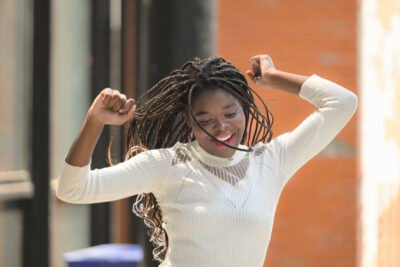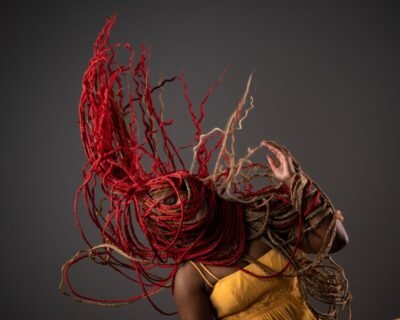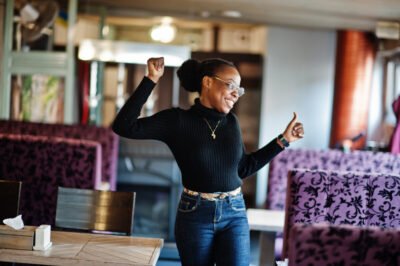How African Women—and Black Survivors Worldwide—Use Dance to Heal What the World Tries to Break“They tried to bury us, but they didn’t know we w

How African Women—and Black Survivors Worldwide—Use Dance to Heal What the World Tries to Break
“They tried to bury us, but they didn’t know we were seeds. And we dance where they tried to end us.”
Across time and across oceans, African peoples have danced through grief, joy, resistance, and survival. In Africa, dance has never been a luxury or performance—it has always been a tool. A tool for healing, remembering, fighting, birthing, and transforming.
And no matter what was done to us—colonialism, slavery, war, exploitation, silence—the dance remained.

🖤 On the Continent: Dance as Healing, Medicine, and Memory
From the beginning, African dance has been rooted in the body’s wisdom and the spirit’s truth:
In Zimbabwe, the mbira and ritual dance reconnect the grieving with their ancestors.
In Senegal, Sabar rhythms help communities gather, express emotion, and reclaim strength.
In Burundi and Uganda, drumming and dance are integral to healing from trauma and marking life’s transitions.
In South Africa, resistance was danced into the ground by women who refused to break under apartheid.
In Kenya, traditional movement is being revived to help survivors move trauma out of their bodies and back into sacred connection.
To dance in Africa is to say:
“My body still belongs to me. My joy cannot be colonized. I remember who I am.”
 🌊 In the Diaspora: We Brought the Dance With Us
🌊 In the Diaspora: We Brought the Dance With Us
When our ancestors were stolen, the dance traveled with them.
Enslaved Africans in the Americas danced in secret. They used ring shouts to mourn, stepping to organize, and spiritual movement to talk to God when their tongues were forbidden.
Dance held what was unspeakable. It helped mothers survive babies being ripped from their arms. It helped warriors remember they were still kings and queens, even in chains.
Dance was code. Dance was rebellion. Dance was survival.
From Congo Square in New Orleans to the shores of Brazil, from the mountains of Jamaica to the Deep South, Black dance became a vessel of power.
We turned blues into hip-hop. Ring shouts into gospel stomps. Drumlines into declarations. We turned grief into rhythm—and then passed it on.
🌍 Today: Black Survivors Still Dance to Heal
Wherever we are—Africa, the Caribbean, the Americas, Europe—we are still using dance to manage pain, rage, joy, and memory.
Survivors of domestic violence join healing dance therapy groups in community centers and shelters.
Black girls use TikTok, dancehall, Afrobeats, and step to reassert joy in a world that sexualizes, silences, and surveils them.
Women in therapy rooms are taught how to move through dissociation and feel at home in their bodies again.
Afro-diasporic communities are reclaiming ritual dances that connect them to ancestors, Spirit, and each other.

Because the world hurls hate at us from too many directions:
Institutions that ignore our pain
Partners who violate our trust
Cultures that criminalize our survival
Systems that pretend not to see us
So we turn to something older than pain.
We turn to the drum.
We turn to the hips, the hands, the heart.
We dance not to forget, but to remember.
Not to perform, but to become whole again.
“The one who dances does not carry the burden alone.”
— African Proverb
For Every Black Survivor Who Has Danced in the Dark…
When no one believed you, you danced.
When rage threatened to eat you alive, you danced.
When you remembered who you were beneath the shame,
you danced yourself free.
You are not alone.

🕯️ May We Continue to Dance:
As a ritual of resistance
As a ceremony of remembrance
As a language older than trauma
As a way of returning to ourselves
 🌊 In the Diaspora: We Brought the Dance With Us
🌊 In the Diaspora: We Brought the Dance With Us